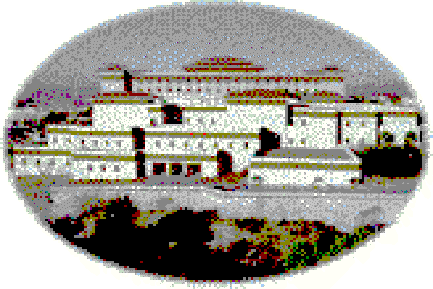
Search Technique
Which Technique is better?
Sequential Searching or Binary Searches
Searching is the
process by which a specific element is located within a
collection of elements (such as an array).
Operation of locating a data element:
Search method is based on:
Speed vs. space.
Often the faster method utilizes more space.
Sequential Search
In
finding the better technique to sort many types of data or
elements the result may be time consuming and not necessarily
the best or ideological approach. There are two methods in
which we can gather or sort a list (small or long) of
information: Sequential searches and Binary searches.
Sequential searching is the best method to look and locate a
specific element in our array. In sequential search each element
is searched until theelement is found and the end of the list is
reached. The comparison begins at the userís first position of
the arrays or specific elements. Once the search begins if
there is no specific match in the array then the search
continues to search in the remaining positions of the array
until the specified user search is complete. In sequential
search each element is searched until the element is found and
the end of the list is reached.
The
sequential search is the easiest method for navigating through a
list to locate a specific element. The amount of time required
to complete this task depends on the request from the user and
the number of elements in the array.
The amount of time required to
complete this task depends on the request from the user and the
number of elements in the array.
Question:
True or False: If searching for a contained list that
has more than 30-50 elements a sequential search is
preferred. |
|
Answer:
False, although the sequential search is easier to use
the many number of elements would make the search real
time longer and the elements would be complexed.
|
Binary Search
In
Searching for a list of more than 30-50 elements it is more
convenient to use the Binary Search method. A binary search
requires the use of two points: the bottom or "lo" which points
to the lower section of the array and the top or "hi" which
points to a higher section of the array.
Example: If we were to
search in the sorted array for the number 19:
Offsets

 The
low point would be 1, and the top point would be 21, the mid
point is offset 3: In finding the mid point we use the formula
(bottom+top/2 = (0+6/2).
The
low point would be 1, and the top point would be 21, the mid
point is offset 3: In finding the mid point we use the formula
(bottom+top/2 = (0+6/2).
Since the offset 3 and
the number is 19 the search stops because we have found the
number in the midpoint. In binary search we continue the process
until the corresponding number that we are looking for is the
midpoint.
The following Table
allows you to compare the two between the sequential search and
the binary search.
|
Number of Elements in the Array |
Maximum Sequential Searches (n+1) |
Average Sequential Searches (n+1)/2 |
Maximum Binary Searches log2n |
Average Binary Searches log2n-1 |
|
10 |
11 |
5.5 |
4 |
2.9 |
|
50 |
51 |
25.5 |
6 |
4.6 |
|
100 |
101 |
50.5 |
7 |
5.8 |
|
1,000 |
1,001 |
500.5 |
10 |
9.0 |
|
10,000 |
10,001 |
5,000.5 |
14 |
12.3 |
|
100,000 |
100,001 |
50,000.5 |
17 |
15.6 |
|
1,000,000 |
1,000,001 |
500,000.5 |
20 |
18.9 |
|
10,000,000 |
10,000,001 |
5,000,000.5 |
24 |
22.3 |
Table 9.3
Remember that as the
number of elements to be searched continues to increase so will
the number of comparisons needed. The number of binary searches
is considerably lower than the sequential searches.
Some good references
would be:
1.
Searching and Sorting. Chapter 9 Pkirs lecture notes
2.
www.cs.sunysb.edu/~skienna/214/lecture/lect19lect19.html

 CIS3355:
Business Data Structures
CIS3355:
Business Data Structures